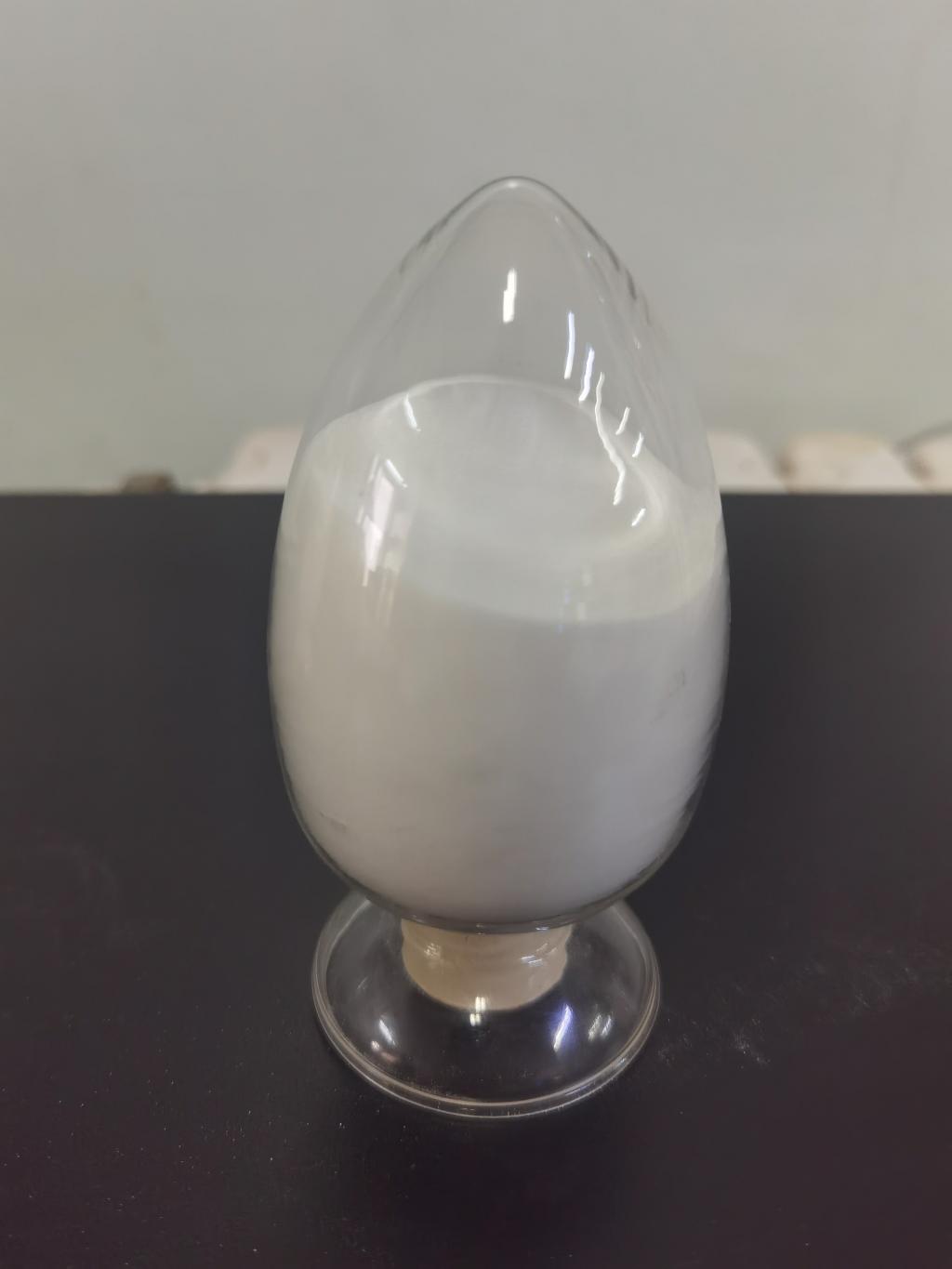Tel:+8618231198596

News
 CONTACT
CONTACT
 CONTACT
CONTACT
- Linkman:Linda Yao
- Tel: +8618231198596
- Email:linda.yao@dcpharma.cn
- Linkman:CHARLES.WANG
- Department:Overseas
- Tel: 0086 0311-85537378 0086 0311-85539701
News
Current Position:
Home >
News
>Enhancing Shelf Life with ε-Polylysine Hydrochloride as a Preservative.
Enhancing Shelf Life with ε-Polylysine Hydrochloride as a Preservative.
TIME:2023-08-30
Understanding ε-Polylysine Hydrochloride
ε-Polylysine hydrochloride is a cationic peptide derived from bacterial fermentation, particularly produced by strains of Streptomyces albulus. This naturally occurring polymer is composed of lysine residues linked by peptide bonds. The presence of positive charges on the lysine residues is a key factor in its antimicrobial activity.
Mechanisms of Preservative Action
The efficacy of ε-polylysine hydrochloride as a preservative stems from its unique mechanisms of action. When introduced to bacterial cells, the positively charged ε-polylysine hydrochloride is attracted to the negatively charged bacterial cell membranes. This interaction leads to disruption and destabilization of the cell membrane, ultimately causing leakage of cellular components and cell death. This targeted action on bacterial cells is a crucial factor in its effectiveness as a preservative.
Applications for Shelf Life Enhancement
ε-Polylysine hydrochloride's preservative properties have a range of applications:
Meat and Poultry: In the meat industry, where the risk of bacterial contamination is significant, ε-polylysine hydrochloride can inhibit the growth of pathogens, extending the shelf life of fresh and processed products.
Dairy Products: Dairy items like cheese and yogurt are prone to spoilage due to microbial growth. ε-Polylysine hydrochloride's antimicrobial activity can help maintain the freshness and quality of these products.
Seafood: Seafood products are highly perishable due to their high moisture content. Incorporating ε-polylysine hydrochloride can help prevent bacterial growth, enhancing their shelf life.
Bakery Goods: Bakery items are susceptible to mold and bacterial contamination. The application of ε-polylysine hydrochloride can mitigate these issues, extending the shelf life of baked products.
Processed Foods: Ready-to-eat and convenience foods are prone to microbial contamination during processing and storage. ε-Polylysine hydrochloride can offer an extra layer of protection against spoilage organisms.
Benefits of ε-Polylysine Hydrochloride as a Preservative
Natural and Clean-Label: Consumers increasingly seek natural and recognizable ingredients. ε-Polylysine hydrochloride's natural origin aligns well with these preferences.
Reduced Dependence on Synthetic Preservatives: The antimicrobial properties of ε-polylysine hydrochloride can reduce the need for synthetic preservatives, addressing concerns about their potential health effects.
Enhanced Product Safety: By inhibiting bacterial growth, ε-polylysine hydrochloride contributes to improved food safety and reduced risks of foodborne illnesses.
Extended Shelf Life: ε-Polylysine hydrochloride's ability to control microbial growth can significantly extend the shelf life of perishable products, reducing food waste.
Challenges and Considerations
Regulatory Approval: The use of ε-polylysine hydrochloride as a preservative in food products requires compliance with regulatory guidelines to ensure its safety and efficacy.
Optimal Concentration: Determining the appropriate concentration of ε-polylysine hydrochloride for different products is essential to achieve optimal preservation while maintaining product quality.
Microbial Resistance: Like other antimicrobial agents, the prolonged and widespread use of ε-polylysine hydrochloride could potentially lead to the development of microbial resistance.
Consumer Perception: Educating consumers about the safety and benefits of ε-polylysine hydrochloride is vital to foster acceptance.
Conclusion
ε-Polylysine hydrochloride's potential as a preservative offers a promising solution for enhancing shelf life and ensuring the quality and safety of various food products. Its targeted antimicrobial action, natural origin, and compatibility with different food matrices make it a valuable tool for the food industry. By adopting ε-polylysine hydrochloride as a preservative, manufacturers can meet the demands for safer, natural, and longer-lasting food products while contributing to reduced food waste. However, navigating regulatory requirements, optimizing usage, and fostering consumer awareness are key steps in harnessing the full potential of ε-polylysine hydrochloride as a preservative for the modern food landscape.
- Tel:+8618231198596
- Whatsapp:18231198596
- Chat With Skype







